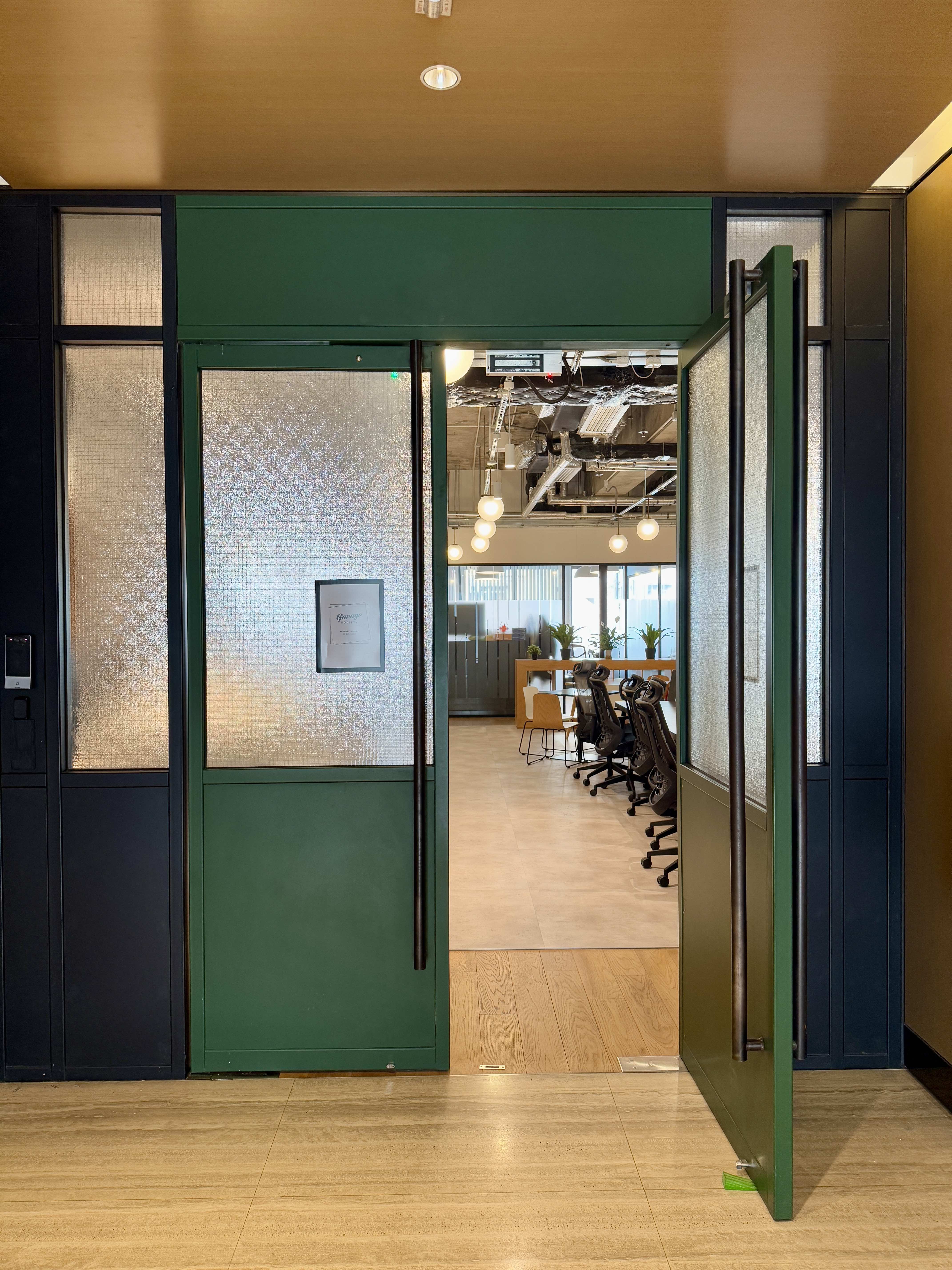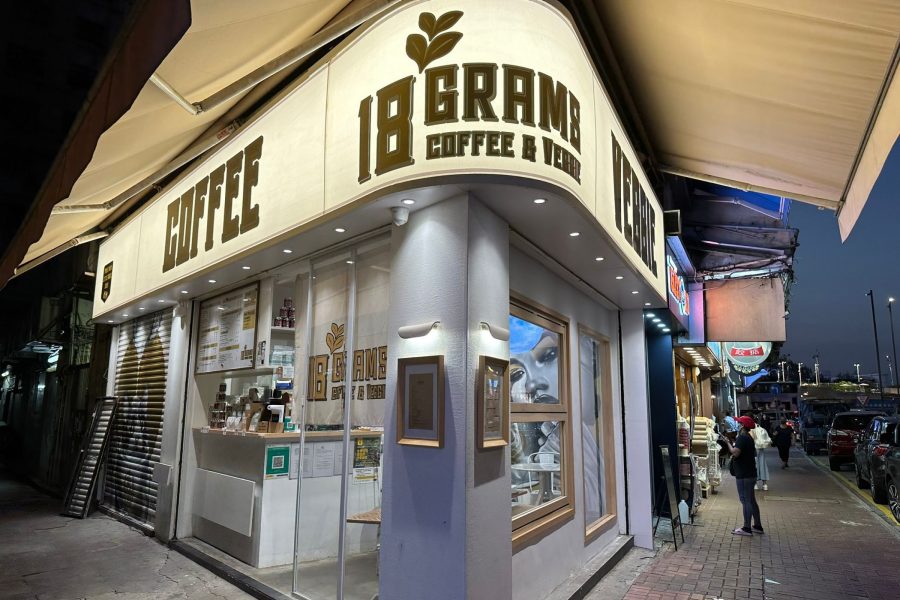Why do we need Brand Archetypes?
Brand Archetypes are used in marketing and advertising to create differentiation within a category – which aids the decision-making process of the consumer when faced with many different choices. They tap into the sub-conscious by appealing to universal human needs e.g. the need for belonging, for power, for change etc. A Brand Archetype will help clarify a brand’s mission and message. It can be used to bring a new brand to life, or refocus or revitalise an existing one. There are 12 main Brand Archetypes which are split across four key psychological roles; knowledge, change, belonging and order. Each Brand Archetype will have individual qualities and characteristics, specifically engage customers, as detailed below:
Main role – Knowledge: Leave a Mark on the World
THE INNOCENT – IS SEEKING FULFILMENT IN THE HERE AND NOW
-
- Life does not have to be hard. The image of innocence conveys the message that you are free to be yourself and to live out your dreams right now
- Many brands appeal to the innocent archetype by promising salvation from an imperfect world.
- Providing a relatively simple answer to an identifiable problem.
- Associated with goodness, morality, simplicity, nostalgia, or childhood.
- Have functions associated with cleanliness, health, or virtue — and that is infinitely replicable.
- Priced moderate to low.
- Examples: Johnson & Johnson, Dove, Coca-Cola
THE SAGE – BELIEVES IN MANKIND’S CAPACITY TO GROW
-
- Brand or product is based on a new scientific breakthrough or esoteric knowledge
- Happiness is the result of education; supports the product with hard data
- Provides expertise or information to customers, encouraging them to think
- Differentiating the product from others whose quality or performance is questionable by data
- Examples: IBM, Google, Discovery Channel
THE EXPLORER – EMPHASIZES AUTONOMY OVER BELONGING
-
- Makes people feel free and is nonconformist
- Explorers see themselves as ahead of their time, that’s why they are particularly sensible to innovation
- To market an Explorer brand effectively, it is best to empathize with the Explorer story from the inside, imagining, for example, what it’s like for your customer to feel trapped by his or her own life, to yearn for more excitement and adventure, to feel “bigger” than his life, as though it is constraining him
- Want to differentiate themselves from a successful regular guy/gal brand or conformist brand
- Examples: Land Rover, Virgin, REI
Main role – Change: Connect with Others
THE HERO – TRIUMPHING OVER ADVERSITY AND EVIL
- Innovations that will have a major impact on the world
- Want to solve a major social problem or encourage others to do so
- Want to be differentiated from competitors that make false promises or claims
- Need the public to see them as good, upstanding citizens
-
- Hero brands promise triumph, they are confident and competitive.
- Examples: Nike, Fedex, Tag Heuer
THE MAGICIAN – DREAM LARGE, THEN MAKE THE DREAM REAL
- Promise to transform customers with a product or service that is transformative
- May have a new-age quality
- User-friendly or contemporary
- Spiritual connotations
- Medium to high pricing
- Examples: Mastercard, Smirnoff, Kindle
THE REBEL – THE VISIONARY, THE MISFIT
- Has a capacity for risk. It can be wildly successful if the society is ready for its values to be challenged.
- The revolutionary, the enemy, the misfit, the destroyer, the radical, villain
- Breaks with industry conventions, acts as a disruptive force, violating cultural norms and rules for the good of others
- Diesel, Harley-Davidson, but also the Internet as a whole have an outlaw image. This image can fit your brand well if your customers and employees feel disaffected from society, if the function of your product is to destroy something.
Main characteristic – Belonging: Provide Structure to the World
THE REGULAR GUY/GAL – THE VIRTUES OF BEING ORDINARY
- Giving people a sense of belonging
- Offers everyday functionality
- Low to moderate pricing
- Solid companies with a down-home organisational culture
- Differentiate from elitist or higher-priced brands
- IKEA epitomises the Regular Guy/Gal, with its core principle of giving everyone, whatever their status, access to affordable, well designed furniture and home accessories
THE JESTER – LIVES IN THE MOMENT WITH FULL ENJOYMENT
-
- Lighten up, have fun, and stop worrying about consequences
- Excels at brainstorming and thinking outside the box; finding clever ways around obstacles; and having fun while getting work done
- Give people a sense of belonging and help people have a good time
- Low or moderately priced
- Produced by a fun-loving company
- Examples: Skittles, Pepsi, Ben & Jerry’s
THE LOVER – YOU ARE THE ONLY ONE
-
- Want to give people experiences they love
- Maybe a little romantic, make others feel special, is harmonious and pleasurable
- Brings together people/groups who are well suited for each other
- Appreciates/creates beauty and beautiful environments
- Bon vivant: Lives life with passion and enthusiasm
- Examples: Victoria’s Secret, Haagen Dazs, Godiva
Main characteristic – Order: Yearn for Paradise
THE CAREGIVER – PROTECT PEOPLE FROM HARM
-
- Helps you to help others
- Wants to be associated with nurturing; think cookies, juice boxes and even books
- Supports families from fast-food to minivans
- Serves the public sector such as health care, education, or other aid programmes
- Are non-profits
- Examples: GE, Volvo, Johnson’s Baby, Salvation Army
THE RULER – THE BEST OR NOTHING; FOLLOW ME
-
- A high-status product used by powerful people to enhance their power
- Makes people more organized; is protective
- Offers a lifetime guarantee
- Moderately to high priced
- Examples: Intel, Rolls Royce, IBM, American Express
THE CREATOR – ORDER FROM CHAOS
-
- Creators are powerful, passionate and capable of real innovation
- A goal is to create something new, that adds value to others
- Often pioneers of fresh concepts, in technology or innovation space
- Breakthrough ideas that often provide an unfair advantage
- Users/followers are willing to trial, change and advocate the latest services (early adopters)
- Examples: Apple, Facebook, Dyson
In summary, identify a primary archetype to build around, use this for focus and direction.
- Brand archetypes can serve as a blueprint for images, fonts, colours, language, tone and mediums
- Use your Brand Archetype to brief your creative teams
- Use your Archetype to develop meaningful, memorable and motivating stories for your brand!
Eva Lind-Mallo is an invaluable member of The Three Marketeers, Asia’s first on-demand marketing consultancy, which offers global marketing expertise and a flexible approach to catering for marketing needs, in an instant!
 Garage Blog
Introducing Garage Society's Newest Premium Workspace at Tower 535 Causeway Bay
Garage Blog
Introducing Garage Society's Newest Premium Workspace at Tower 535 Causeway Bay
 Garage Blog
From Flat White to Flexspace - The Best Coffee Spots Near Garage Society Locations
Garage Blog
From Flat White to Flexspace - The Best Coffee Spots Near Garage Society Locations